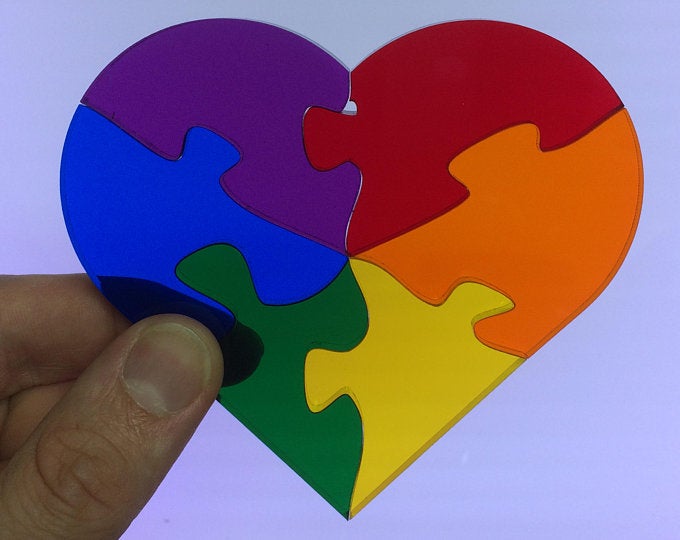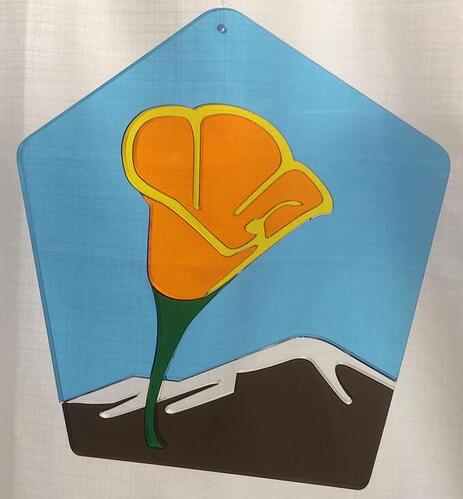To save people the clickthrough…
Etsy pics:
Possibly, but I suspect it may have to do with the lens or laser type. The glowforge lens has a pretty short focus distance, so the angles of the “hourglass” are fairly steep. A lens that focuses further away will have less pronounced hourglass angles.
As for compensating, the concept is flip-mating, where pieces that are meant to lock together are mirror imaged so that their respective cut profile shapes mate with each other.
Flip mating works best where each piece only touches other pieces that are flipped, I call it the “three edge problem”. There’s no way to cleanly flip mate pieces if any one piece touches an odd number of neighbors. (and really even sometimes where you’re touching two is a problem. Depends on the design.)
So in the end, I don’t have firm advice for you here, except to say that in general thinner pieces have less edge shape effects and if you can flip mating will always make a better fit.
edit: oh, also, success in kerf adjusting a path can be very much affected by how many nodes are in the path. Check this out:

